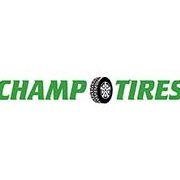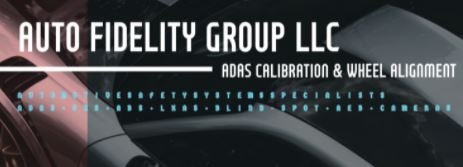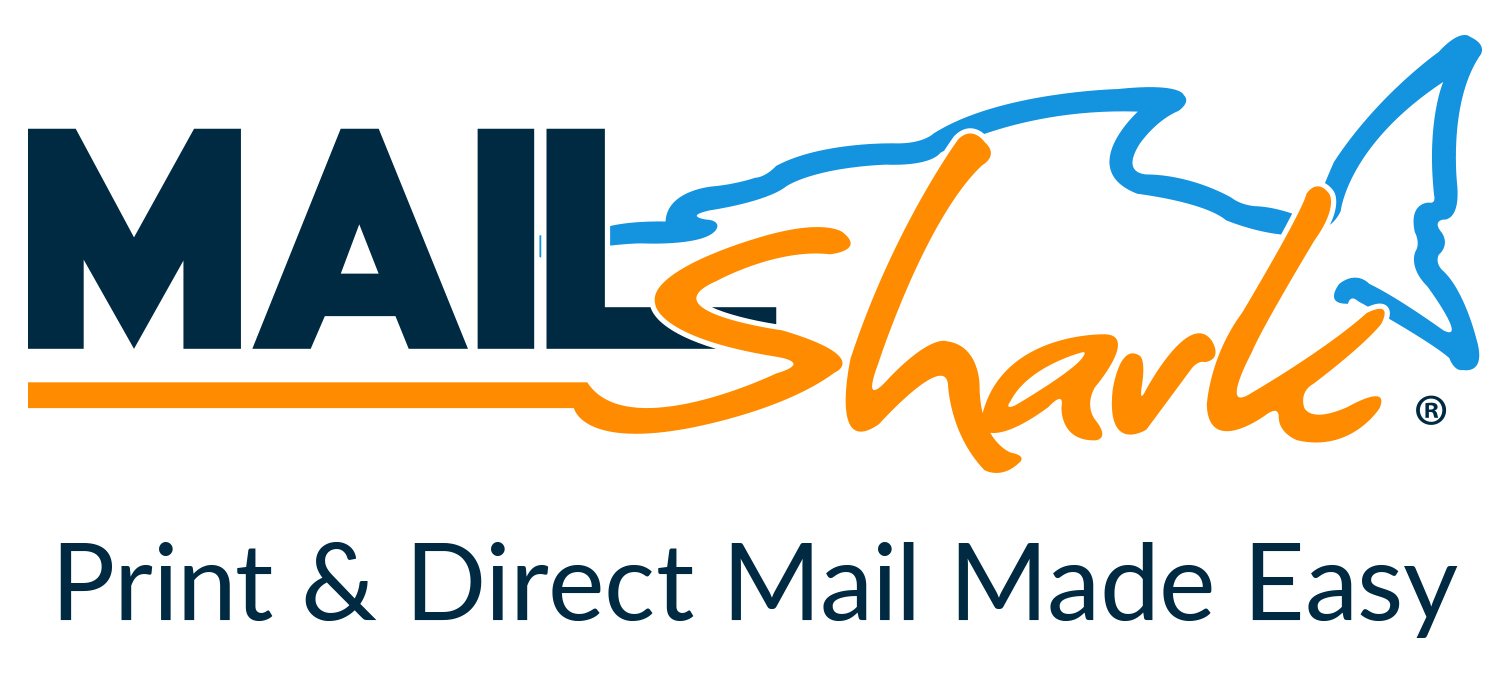Thank You Uncle Sam - Hey, you started this...now what?
-
Available Subscriptions
-
Have you checked out Joe's Latest Blog?
-
By Joe Marconi in Joe's Blog0 commentsIt always amazes me when I hear about a technician who quits one repair shop to go work at another shop for less money. I know you have heard of this too, and you’ve probably asked yourself, “Can this be true? And Why?” The answer rests within the culture of the company. More specifically, the boss, manager, or a toxic work environment literally pushed the technician out the door.
While money and benefits tend to attract people to a company, it won’t keep them there. When a technician begins to look over the fence for greener grass, that is usually a sign that something is wrong within the workplace. It also means that his or her heart is probably already gone. If the issue is not resolved, no amount of money will keep that technician for the long term. The heart is always the first to leave. The last thing that leaves is the technician’s toolbox.
Shop owners: Focus more on employee retention than acquisition. This is not to say that you should not be constantly recruiting. You should. What it does means is that once you hire someone, your job isn’t over, that’s when it begins. Get to know your technicians. Build strong relationships. Have frequent one-on-ones. Engage in meaningful conversation. Find what truly motivates your technicians. You may be surprised that while money is a motivator, it’s usually not the prime motivator.
One last thing; the cost of technician turnover can be financially devastating. It also affects shop morale. Do all you can to create a workplace where technicians feel they are respected, recognized, and know that their work contributes to the overall success of the company. This will lead to improved morale and team spirit. Remember, when you see a technician’s toolbox rolling out of the bay on its way to another shop, the heart was most likely gone long before that.
-
-
Similar Topics
-
By Joe Marconi
Premium Member Content
This content is hidden to guests, one of the benefits of a paid membership. Please login or register to view this content.
-
By carmcapriotto
Thanks to our partners, NAPA TRACS and Promotive
In this episode of Business by the Numbers, Hunt Demarest, CPA, dives into the world of financial projections—what they are, why they matter, and how to build a solid financial story that banks will take seriously. Whether you’re looking to secure a loan, expand your shop, or simply set better financial goals, this episode will help you navigate the process with confidence.
Key Takeaways:
The biggest mistake shop owners make when creating financial projections. Why your story matters more than the numbers when pitching a loan request to a bank. The three key levers you can adjust in a financial projection: sales, margins, and expenses. How to build a realistic projection that a bank will trust. Why working with an accountant on projections can save you from financial disaster. Common red flags that make banks reject loan applications.
Thanks to our partners, NAPA TRACS and Promotive
Thanks to our partner, NAPA TRACS
Did you know that NAPA TRACS has onsite training plus six days a week support?
It all starts when a local representative meets with you to learn about your business and how you run it. After all, it's your shop, so it's your choice.
Let us prove to you that Tracs is the single best shop management system in the business. Find NAPA TRACS on the Web at NAPATRACS.com
Thanks to our partner, Promotive
It’s time to hire a superstar for your business; what a grind you have in front of you. Introducing Promotive, a full-service staffing solution for your shop. Promotive has over 40 years of recruiting and automotive experience. If you need qualified technicians and service advisors and want to offload the heavy lifting, visit www.gopromotive.com.
Paar Melis and Associates – Accountants Specializing in Automotive Repair
Visit us Online: www.paarmelis.com
Email Hunt: [email protected]
Text Paar Melis @ 301-307-5413
Download a Copy of My Books Here:
Wrenches to Write-Offs Your Perfect Shop
The Aftermarket Radio Network: https://aftermarketradionetwork.com/
Remarkable Results Radio Podcast with Carm Capriotto https://remarkableresults.biz/
Diagnosing the Aftermarket A to Z with Matt Fanslow https://mattfanslow.captivate.fm/
Business by the Numbers with Hunt Demarest https://huntdemarest.captivate.fm/
The Auto Repair Marketing Podcast with Kim and Brian Walker https://autorepairmarketing.captivate.fm/
The Weekly Blitz with Chris Cotton https://chriscotton.captivate.fm/
Speak Up! Effective Communication with Craig O'Neill https://craigoneill.captivate.fm/
The Aftermarket Radio Network
Remarkable Results Radio Podcast with Carm Capriotto: Advancing the Aftermarket by Facilitating Wisdom Through Story Telling and Open Discussion
Diagnosing the Aftermarket A to Z with Matt Fanslow: From Diagnostics to Metallica and Mental Health, Matt Fanslow is Lifting the Hood on Life.
The Auto Repair Marketing Podcast with Kim and Brian Walker: Marketing Experts Brian & Kim Walker Work with Shop Owners to Take it to the Next Level.
The Weekly Blitz with Chris Cotton: Weekly Inspiration with Business Coach Chris Cotton from AutoFix - Auto Shop Coaching.
Business by the Numbers with Hunt Demarest: Understand the Numbers of Your Business with CPA Hunt Demarest.
Speak Up! Effective Communication with Craig O'Neill: Develop Interpersonal and Professional Communication Skills when Speaking to Audiences of Any Size.
Click to go to the Podcast on Remarkable Results Radio
-
By carmcapriotto
Thank you to our friends at RepairPal for providing you this episode. RepairPal’s Certified
Network of shops are trusted by millions of customers each month. Learn more at
RepairPal.com/shops
Are you ready to convert clients to members? App fueled specializes in creating custom apps tailored specifically for auto repair businesses. Build client loyalty. Get started today with your own customer loyalty app. Visit Appfueled.com
Are your customers getting the right first impression of your shop? In this episode, Brian and Kim Walker explore how to make every touchpoint count, from your website and Google Business Profile to your waiting area and phone calls.
With personal stories and practical tips, they’ll guide you through the customer journey, sharing ways to improve everything from cleanliness to communication. You’ll even hear about Kim’s checklist for first impressions and why small details—like a fresh-smelling lobby or updated photos—make a big impact.
Get ready to see your shop through fresh eyes and take steps to leave a lasting impression. Tune in now!
Thank you to our friends at RepairPal for providing you this episode. RepairPal will help you
grow your auto business and you can learn more at RepairPal.com/shops.
Are you ready to convert clients to members? App fueled specializes in creating custom apps tailored specifically for auto repair businesses. Build client loyalty. Get started today with your own customer loyalty app. Visit Appfueled.com
Lagniappe (Books, Links, Other Podcasts, etc)
https://www.autoops.com/ - Online Scheduling for Auto Shops
https://shopmarketingpros.com/ep-131-branding-your-shop-as-a-concierge-auto-repair-shop/ - Branding Your Shop As A Concierge Auto Repair Shop
https://shopmarketingpros.com/ep-108-part-4-a-service-advisors-take-on-customer-retention-with-michael-doherty/ - Part 4 – A Service Advisor’s Take on Customer Retention with Michael Doherty
https://remarkable.com/ - Remarkable notebook
Show Notes with Time Stamps
Introduction to the Podcast (00:00:01) The podcast episode begins with an introduction to the Auto Repair Marketing Podcast. Welcome and Topic Introduction (00:00:10) Brian Walker welcomes listeners and introduces the topic of making great first impressions in auto repair. Secret Shopper Concept (00:01:03) Kim discusses the idea of offering secret shopper services to evaluate first impressions in auto repair shops. Frog in Boiling Water Analogy (00:01:20) Brian uses an analogy about a frog in boiling water to illustrate how business owners can overlook issues. Personal Experience with Shop Cleanliness (00:02:26) Kim shares a personal story about noticing cleanliness issues in her shop after sitting on the floor. Origin of the Episode's Topic (00:03:13) Kim explains that the episode's topic originated from a class she taught about hosting events in auto repair shops. Creating a First Impression Checklist (00:04:08) Kim mentions her intention to create a first impression checklist based on customer journey insights. Importance of Online Presence (00:04:51) Discussion shifts to how potential customers first experience a business online, including websites and Google profiles. The Grunt Test (00:06:39) Brian explains the "grunt test," where a stranger should easily understand what a website is about. Evaluating Website Impressions (00:08:04) Kim emphasizes the importance of assessing what feelings a website evokes in potential clients. Social Media's Role in First Impressions (00:10:12) The conversation covers how social media contributes to first impressions and customer perceptions. Content Strategy and Audience Alignment (00:12:08) Brian shares a client's unconventional marketing strategy and the importance of aligning content with audience expectations. Google Business Profile Importance (00:12:59) Kim highlights the significance of maintaining an accurate and complete Google Business Profile for attracting customers. Customer Experience in a Hurry (00:14:01) Kim discusses how potential customers often search for auto repair services quickly, emphasizing the need for accurate information. Improving Waiting Area Appearance (00:15:02) Discusses the importance of updating photos of the waiting area to enhance customer impressions. The Importance of Phone Etiquette (00:15:38) Emphasizes listening to phone calls to ensure service advisors are friendly and professional. First Impressions Over the Phone (00:16:38) Highlights how the tone and manner of answering calls can significantly impact first impressions. Customer Experience During Calls (00:17:18) Explores the importance of a welcoming greeting and attentive service during phone interactions. Listening to Recorded Calls (00:19:22) Encourages shop owners to review recorded calls to improve customer service quality. Customer Experience in Shops (00:21:36) Discusses a personal anecdote about poor customer service and its impact on first impressions. Evaluating Online Scheduling Experience (00:24:26) Stresses the importance of user-friendly online scheduling systems for customer satisfaction. Drive-By Assessment of Shop Appearance (00:26:23) Encourages shop owners to evaluate their business from a customer's perspective for first impressions. Parking Lot and Vehicle Presentation (00:27:27) Discusses the significance of a tidy parking lot and appropriate vehicles for attracting customers. Signage and Branding Consistency (00:29:03) Highlights the importance of maintaining updated and clear signage to reflect the brand accurately. The Story of the Old Shop (00:29:52) Brian shares a humorous anecdote about visiting an old shop and its rundown appearance. The Importance of Cleanliness (00:30:46) Discussion about how exterior cleanliness impacts first impressions in auto repair shops. Creating a Welcoming Atmosphere (00:31:27) Kim emphasizes the significance of the waiting area’s atmosphere and sensory experiences for customers. Sensory Experiences Matter (00:31:47) Exploration of how smell and touch affect customers' perceptions in an auto repair shop. Comparing Experiences (00:34:29) Kim discusses how customers compare their experiences to other businesses like Chick-fil-A. Details Matter (00:35:28) Highlighting the importance of small details in creating a positive customer experience. Creating a Family-Friendly Environment (00:36:55) Discussion on accommodating families and making kids feel welcome in the shop. Comfort in the Waiting Area (00:38:39) Brian stresses the need for comfortable seating and a welcoming environment for customers. Responsibility for Cleanliness (00:39:23) Discussion on who is responsible for maintaining cleanliness in the shop. Bathroom Cleanliness (00:40:20) A personal story about the poor state of a customer-facing bathroom and its impact. Thoughtful Amenities (00:41:24) Kim talks about providing thoughtful amenities for female customers in the bathroom. Impression of Cleanliness (00:43:19) Discussion on the importance of maintaining high standards of cleanliness in customer-facing areas. Shop Area Cleanliness (00:44:11) Importance of maintaining a bright, clean, and organized shop environment for clients and staff. Efficient Shop Layout (00:45:02) Discusses the necessity of an efficient layout to enhance workflow and client experience. Client Interaction (00:46:05) Emphasizes tailoring conversations with clients based on their vehicle ownership goals. Permission for Inspections (00:47:58) Importance of asking for permission to perform inspections to enhance client trust and experience. Client Follow-Up (00:48:59) Discusses the significance of following up with clients post-service to ensure satisfaction. Team Appearance (00:49:48) Highlights how professional attire of staff can impact first impressions on clients. Importance of First Impressions (00:50:45) Stresses that consistent positive impressions lead to long-term client relationships and referrals. Final Thoughts and Checklist (00:50:46) Introduction of a PDF checklist for staff to enhance awareness of shop cleanliness and organization.
How To Get In Touch
Group - Auto Repair Marketing Mastermind
Website - shopmarketingpros.com
Facebook - facebook.com/shopmarketingpros
Get the Book - shopmarketingpros.com/book
Instagram - @shopmarketingpros
Questions/Ideas - [email protected]
Click to go to the Podcast on Remarkable Results Radio
-
By champtires
Premium Member Content
This content is hidden to guests, one of the benefits of a paid membership. Please login or register to view this content.
-
-
By carmcapriotto
Thanks to our partners, NAPA TRACS and Promotive
Managing your cash flow can feel overwhelming, but the Profit First system offers a fresh approach to organizing your finances. In this episode of Business by the Numbers, Hunt Demarest, CPA, dives into the pros, cons, and practical applications of Profit First for auto repair shops. Whether you’re new to the system or looking to refine your cash management strategy, this episode is packed with actionable insights.
Key Takeaways:
What is Profit First? Learn the basic framework of allocating revenue into multiple bank accounts to better manage cash flow. Benefits of Profit First: Understand how it can help you get a clear picture of your cash flow and improve financial decision-making. Challenges to Watch For: Discover why overcomplicating allocations or starting with too many accounts can hinder success. Practical Implementation: Hunt shares a simple three-account system tailored to auto repair --shops for effective cash management. Expert Tips: Adapt the system to your business size and goals, and avoid common pitfalls that lead to failure.
Thanks to our partner, NAPA TRACS
Did you know that NAPA TRACS has onsite training plus six days a week support?
It all starts when a local representative meets with you to learn about your business and how you run it. After all, it's your shop, so it's your choice.
Let us prove to you that Tracs is the single best shop management system in the business. Find NAPA TRACS on the Web at NAPATRACS.com
Thanks to our partner, Promotive
It’s time to hire a superstar for your business; what a grind you have in front of you. Introducing Promotive, a full-service staffing solution for your shop. Promotive has over 40 years of recruiting and automotive experience. If you need qualified technicians and service advisors and want to offload the heavy lifting, visit www.gopromotive.com.
Paar Melis and Associates – Accountants Specializing in Automotive Repair
Visit us Online: www.paarmelis.com
Email Hunt: [email protected]
Download a Copy of My Books Here:
Wrenches to Write-Offs Your Perfect Shop
The Aftermarket Radio Network: https://aftermarketradionetwork.com/
Remarkable Results Radio Podcast with Carm Capriotto https://remarkableresults.biz/
Diagnosing the Aftermarket A to Z with Matt Fanslow https://mattfanslow.captivate.fm/
Business by the Numbers with Hunt Demarest https://huntdemarest.captivate.fm/
The Auto Repair Marketing Podcast with Kim and Brian Walker https://autorepairmarketing.captivate.fm/
The Weekly Blitz with Chris Cotton https://chriscotton.captivate.fm/
Speak Up! Effective Communication with Craig O'Neill https://craigoneill.captivate.fm/
Click to go to the Podcast on Remarkable Results Radio
-
-
-
Our Sponsors

















Recommended Posts